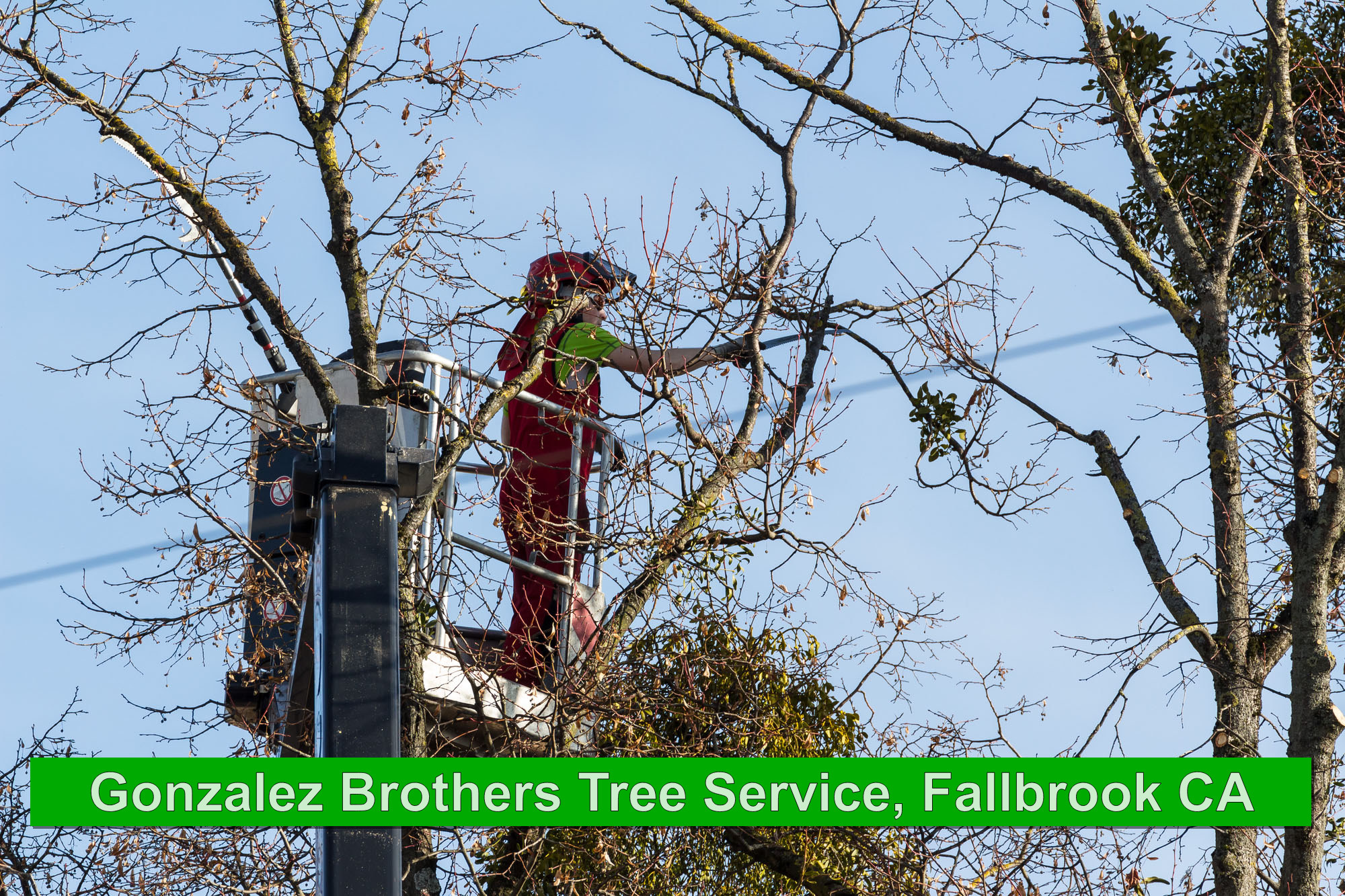Thinning is the selective removal of live branches to reduce crown density. The center and left portion of the tree to the right has been thinned. Thinning, of various types, is the most commonly-practiced method of pruning on mature trees in some regions. Thinning allows wind to pass through or into the pruned section of the crown, which can temporarily improve durability in a storm or sunlight penetration to the ground. Perhaps the best use of crown thinning in the landscape is to reduce mechanical stress on selected limbs from gravity, wind, ice, or snow on branches with structural defects such as cracks, cavities, and hollows, and on codominant, overextended, or long branches.
Trees are thinned in many regions because tree owners ...
Because tree owners and arborists believe this is what should be done to trees, or they like the appearance of a thinned crown, or it's a traditional method of pruning in the region. Regions of the world where thinning is rarely practiced do not appear to experience more storm-related tree damage than regions where thinning is common. Thinning is conducted on large or small trees for a number of other reasons. Although entire-tree thinning can be useful, structural pruning should be considered before the entire crown is thinned. In fact, structural pruning is probably the best way to thin.
Thinning removes branches from the end portion of limbs.
Pruning cuts to thin the crown of a large tree typically range in size from one to four inches in diameter. For purposes of reducing damage from wind, cuts smaller than about one inch in diameter appears to be less effective. However, small cuts of one-quarter to one-half-inch in diameter can be used to thin small ornamental trees such as Japanese maple (Acer palmatum), crabapples (Malus spp.), and citrus (Citrus spp.) for aesthetics and other reasons. Proper thinning does not change the overall size of the tree

